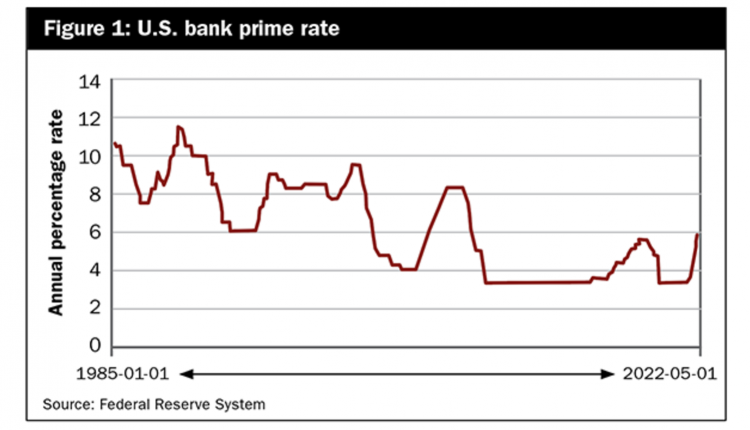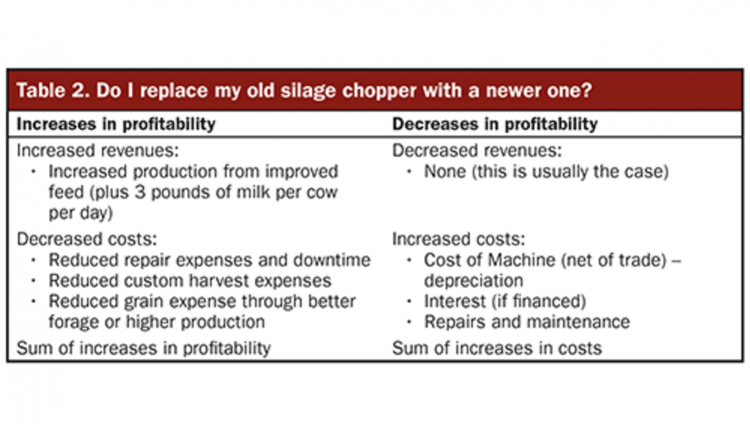The author is chief marketplace officer for Farm Credit East, ACA.

Farming can be a risky endeavor. There are many challenges that farmers face, ranging from short-term crises to long-term issues. Broadly speaking, they can be categorized into five major types:
- Production risk
- Marketing risk
- Financial risk
- Legal risk
- Human risk
In previous columns, I’ve talked about the first three risks. In this edition of Money Matters, I’ll discuss No. 4: Legal risk. Let me start with the disclaimer that I am not an attorney, and readers should seek appropriate legal counsel when considering these risks.
There are many areas of legal risk on today’s farms, and it’s challenging to cover them all in one article. But many of them fall into the following categories: farm regulatory compliance, human resource issues, and liability risk.
Regulatory compliance is one of the major categories of legal risk and one that can be difficult to stay on top of. There are many regulations that apply to dairy farms; some are general and apply to all businesses, while others are specific to agriculture or dairy farms in particular.
Requires constant attention
Environmental regulations are a significant portion of these. Running afoul of environmental regulations can bring major penalties, require costly changes to your farm, and disrupt relationships with your local community. For assistance in complying, use the many resources that are available to you.
A nutrient management plan developed in conjunction with the USDA Natural Resources Conservation Service or a state agency can help you stay on the right side of regulations regarding manure management. In addition, taking these steps can help preserve ground and surface water resources and improve your crop performance.
In addition to regulatory compliance, there is the issue of third-party certifications, which may not be required by law but may be mandated by your milk buyer. These certifications are covered by the National Milk Producer Federation in its Farmers Assuring Responsible Management (FARM) program.
Maintaining good animal welfare conditions has always been a must, but it’s more essential now than ever. You should always run your farm as if someone’s watching — because they may be. Animal rights activists and others are out there, looking for poorly run farms to use as examples.
Certainly, every dairy farmer I’ve ever interacted with believes in taking excellent care of their animals. But do all your employees share your attitude and adhere to your guidelines and protocols? Poor training or supervision can add risk to your operation.
Employees need attention
Human resource compliance could be considered “regulatory compliance” as well, but it’s significant enough that it deserves its own category. Employment law is an entire branch of legal practice. The rules can be complex, and it could take only one complaint to bring enforcement to your doorstep.
The best course of action is to be proactive in this area. Take the time (and consider consulting with your legal counsel) to review your hiring, firing, and other employment practices. Be sure you’re in compliance with your state’s labor laws — keeping in mind that many states have made recent changes in things such as minimum wage, overtime, paid leave, and other requirements.
Immigration law deserves a special mention. Review your files and make sure you have proper I-9 forms for all employees. Remember — it is illegal to hire people not authorized to work in the United States, but it is equally against the law to discriminate against those who are legally employable based on things like country of origin, ethnicity, race, or other protected characteristics.
Your documentation policies should be consistent and enforced evenly for all your employees. “Overdocumenting” certain people based on their background can be as problematic as not having adequate documentation. If you have questions in this area, consult your lawyer or visit www.uscis.gov/i-9-central.
Worker safety is another potential problem area. Having good safety practices is a must, not just to keep you out of legal trouble, but to keep your workers safe from on-the-job hazards. Having an up-to-date worker’s compensation policy is essential, but even that won’t shield you from all potential liability if your workplace isn’t up to standards.
Most insurance companies and many state workplace safety agencies will do a free, proactive walk-through of your farm to identify and note possible safety issues so you can correct them before they lead to an accident. Take advantage of these services — don’t wait for an injury to think about safety.
Are you running heavy trucks or equipment over-the-road? There’s another whole area of regulation. Agriculture enjoys many exemptions from federal and state motor carrier regulations, but many rules still apply to farm vehicles. Don’t assume that you’re exempt . . . your state farm bureau can be a good resource and give some guidance as to the key trucking compliance issues in your area.
Carry enough coverage
Finally, there is general and product liability. Be sure you have adequate liability coverage in place.
Farm operations change over time. When was the last time you reviewed your insurance coverage with your agent? Has your coverage been updated to reflect changes in your business over time? Are you doing new things that may not be covered under an older policy? Product liability coverage is essential for any farm that is doing value-added processing or direct-to-consumer sales.
Develop an action plan
Managing all these legal risks could be a full-time endeavor and is certainly most farmers’ least favorite part of the job — but don’t put it off. Here are some of the key steps to keep your farm protected from legal risk:
Review the key areas of legal risk. Where is your farm vulnerable? Put a plan in place to address each area, and work to mitigate any weak points. The best solution to legal risk is prevention. Don’t allow that accident, that spill, or that violation to occur. Your farm will be better managed, your workforce safer, and your animals better cared for as a result.
Make an appointment with your insurance carrier(s). Review your coverage and, if possible, do a walk-through of your operation to see if there are gaps or out-of-date policies that need to be addressed.
Review your records. Pay particular attention to employment and OSHA/safety compliance. Most of the violations and fines levied are actually for record-keeping issues.
Consider your legal structure. The formation of an entity or entities could be worth considering for liability protection and can be part of an estate plan, as well. Many farms separate their land ownership and operations for these purposes. Be sure to consult legal counsel before making any major changes.
Finally, be sure to have concrete plans in place should an emergency occur. What would you do in case of a serious on-the-job injury? A manure spill? Are you ready for a visit from ICE or OSHA? What if you’re not there when these occur? Is there someone designated to speak or act in your absence?
Don’t wait for a crisis to happen. Think about these scenarios ahead of time and plan for them versus reacting to them.










